New Year’s Eve, the most delicious China.
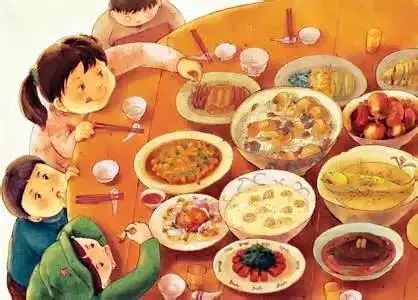
◆ On New Year’s Eve, this is the last rush and the most ritualized moment in Chinese in a year, which makes "Nian" have a "taste of the year", symbolizing the omen of the year, thriving, bustling and thriving …
◆ On this day, Chinese expressed his feelings accumulated for a year in the most abundant, full and extroverted way, making this meal more precious and meaningful.
◆ Every dish on the New Year’s Eve has a unique taste. Even if there is the same dish name in other places, it can’t make a unique taste at home.
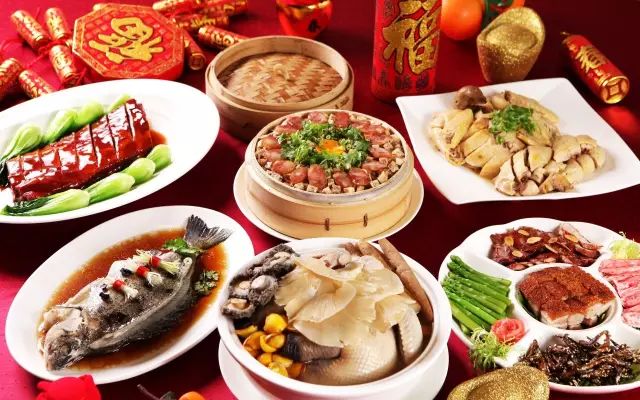
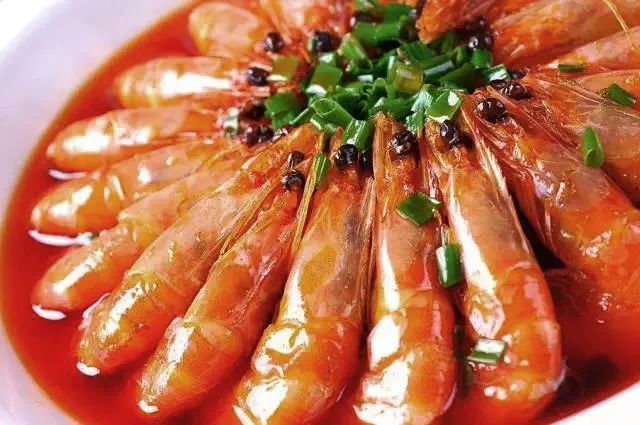
Braised prawns | Beijing
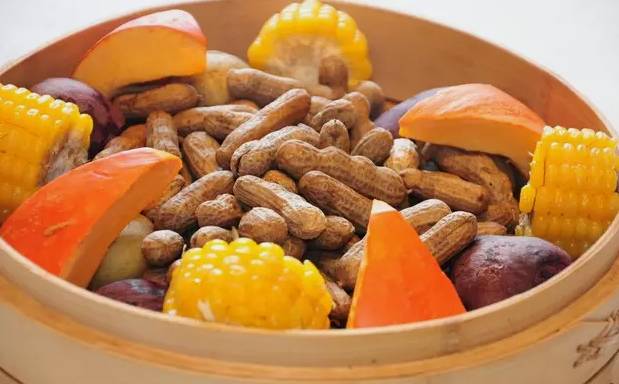
Most areas in the south and north are rich in grain.
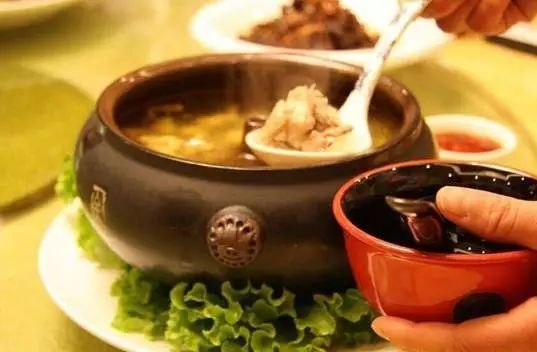
Sanqi Steamed Chicken | Yunnan
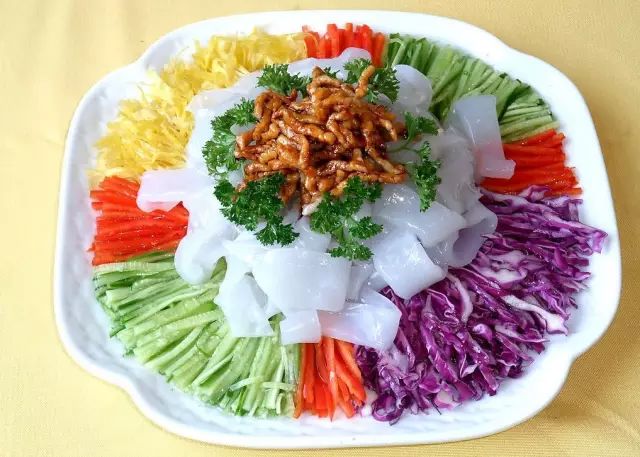
Northeast Dalapigun Northeast
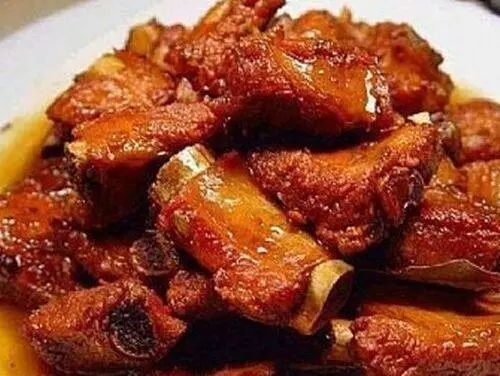
Braised ribs | Wuxi
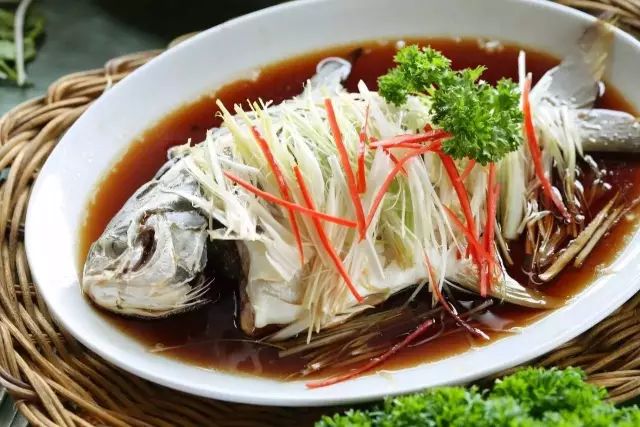
Steamed fish | Most areas in South and North China
New Year’s Eve dinner in your hometown.
What is the most indispensable dish?
Zhiwei China
"Eat jiaozi during the Spring Festival, than households. Some old Beijingers are vegetarian in jiaozi and take vegetables, fried cakes and Kaoru Miki diced as stuffing to make them fresh and refreshing. " Wang Zengqi, a contemporary writer in China, once enjoyed jiaozi during the Spring Festival in Four Seasons.
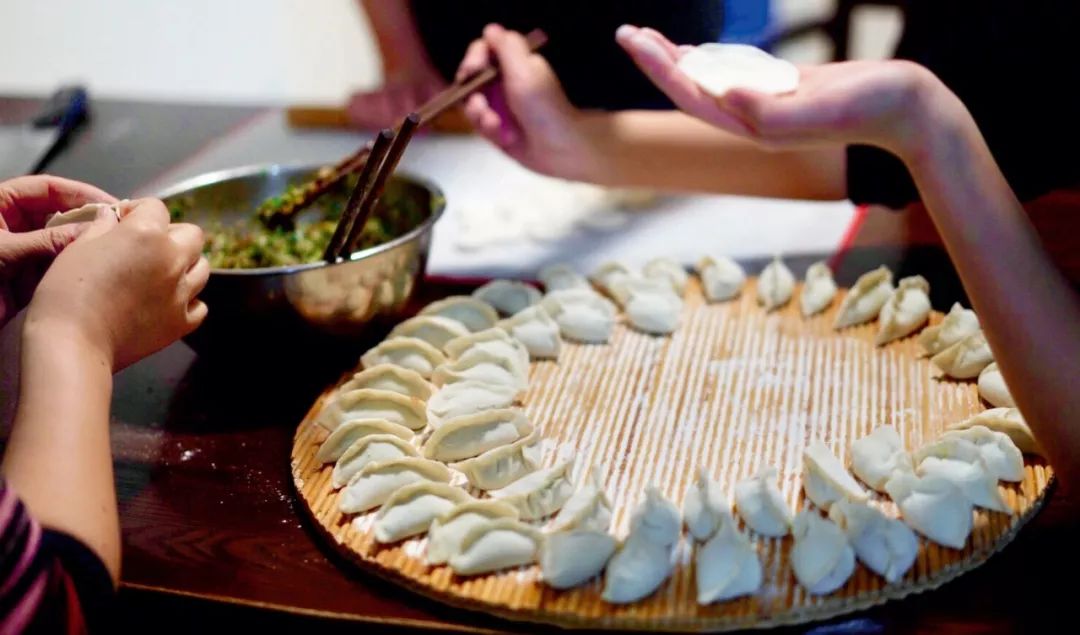
▲ No matter what festival, a jiaozi can satisfy northerners. Photo by Pan Yan
"Custom is a lyric poem created by a national collective". In Wang Zengqi’s works, the street life is described, and a "tasteful" China is outlined in the rich atmosphere of fireworks.
Just eating during the Spring Festival, he once wrote, "When you stir-fry rice, it makes people feel that the Chinese New Year is coming soon", and he loves pickled mustard greens that "open the altar during the Chinese New Year, the color is as light as gold, and the spicy taste is very delicious", "pay attention to the level of’ grid’", and look for arrowhead mushrooms in the Beijing vegetable market before and after the Spring Festival .. As Wang Zengqi said, a person has the best taste.

"food" is the world.
An ancient civilization of 5,000 years gave birth to a long Chinese food culture. After thousands of years’ inheritance and development, Chinese food ecology shows the cultural infiltration of rituals and ethics brought by food, which has achieved the unique temperament of Chinese food.
"At the beginning of a husband’s ceremony, all kinds of food begin." Chinese, who takes food as his priority, talks about "eating", which is not limited to three meals a day to satisfy hunger and thirst, but also contains unique cultural implications. With the Chinese footprint going to the world, generation after generation’s deduction and innovation have made Chinese cuisine famous all over the world, which can be said to be "food". Dr. Sun Yat-sen, the forerunner of the China Revolution, once said in the book "The General Plan for the Founding of the People’s Republic of China": "The food invented by China is abundant in Europe and America; And China’s excellent cooking methods are not comparable to those in Europe and America. "
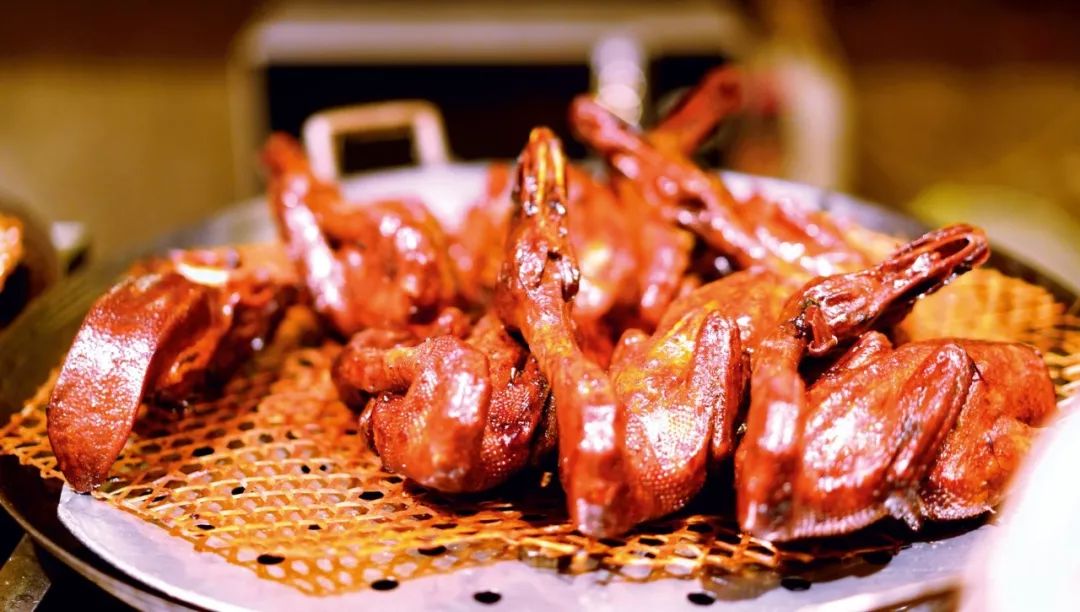
▲ Shiqi squab is famous for its crispness, freshness and tenderness. Photo by Pan Yan, a special snack in Zhongshan, Guangdong.
Since the founding of New China 70 years ago, with the vigorous development of economy and society, from coarse grains and pickles to flour and rice and fish to fresh vegetables and fruits, from food stamps and meat stamps to eating out, to ordering takeout, fresh food delivery and CD-ROM action … Eating has changed from simple. In the past 70 years, after solving the problem of "having enough to eat", most Chinese people have already achieved "eating well", and have begun to pursue "eating healthily", "eating green", "eating conveniently" and "eating diversified", and seek more spiritual satisfaction and pleasure from their diet.
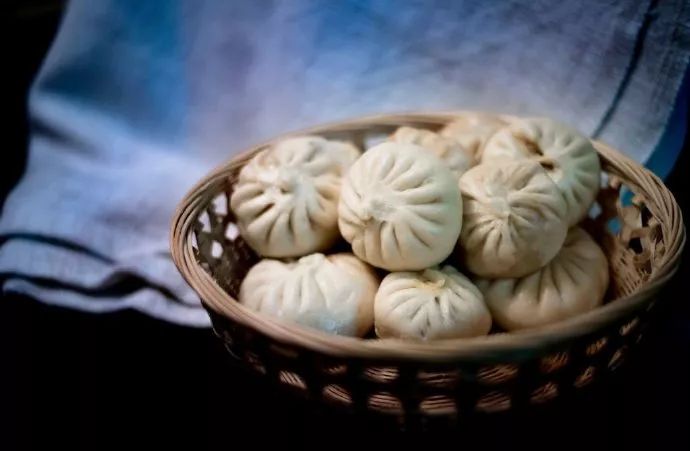
During the 40 years of reform and opening-up, Chinese and Western cultures have gradually blended, which has given people more imagination in diet. Chinese has long been able to eat all over the world without going abroad. At the same time, in the eyes of more and more foreigners, "Chinese flavor" and the cultural prestige contained in Chinese food are greatly enhanced, bringing a unique and delicious China to the world.
It can be said that the chopsticks are sharp and the dishes are round, and the human taste is pure joy.
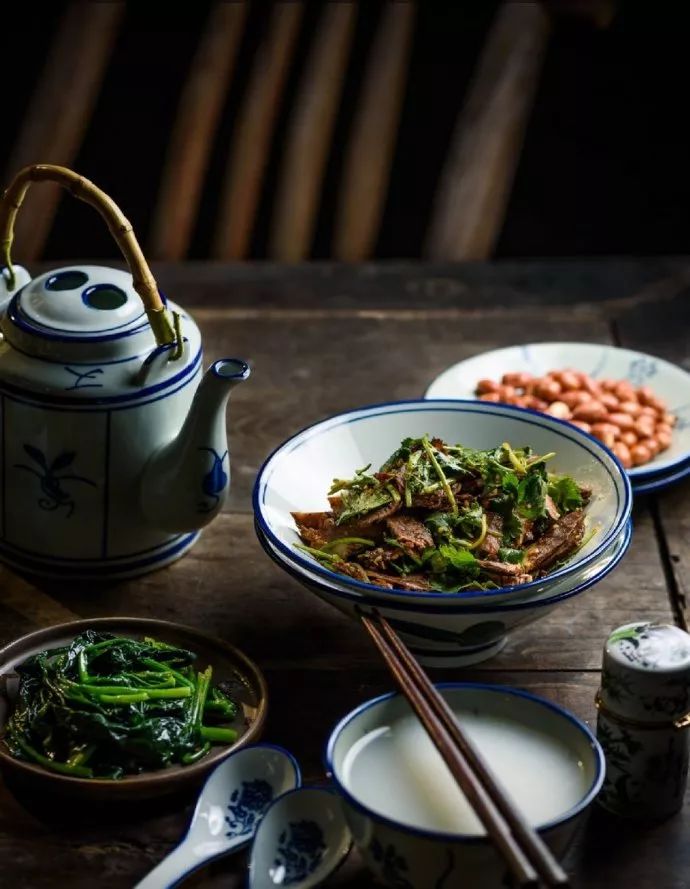
"Eat" to carry Tao
What is the best food in the world?
In the view of Dong Zhenxiang, the head of Dadong Roast Duck Restaurant, "Spoon Mix is the best!"
The so-called "spoon-mixing" means that the food prepared by the chef in the kitchen is fried and eaten by the apprentice. "It is a great expectation for an apprentice to serve a bowl of rice with a spoon."
Born in the 1960s, Dong Zhenxiang always had special expectations for food in his childhood memory.
At that time, New China, which had just been established for more than 10 years, was experiencing an era of material shortage.
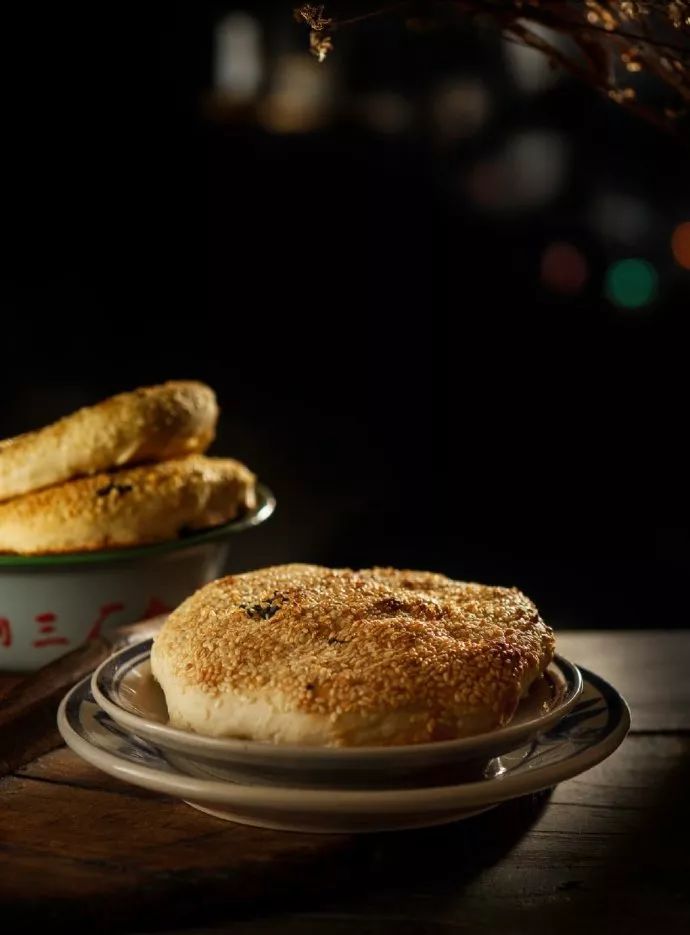
Radish and Chinese cabbage were once the main dishes on the table of ordinary people. "Only enough coarse grains, pickled vegetables all year round" is the taste memory of every household at that time. In the memory of Dong Zhenxiang’s peers, at that time, the dishes on each table were similar, and people’s desire for life was similar. "Just eat enough and look forward to eating jiaozi on holidays."
"In terms of diet, I have never had a full meal since I was a child, and I have never been picky about food. My appetite is surprisingly good. ….. At that time, I was always frugal. But once you have some spare money, you can’t help but go to the table like a nouveau riche. " In the blog, a "post-60 s" recalled his childhood, "Sugar tickets, oil tickets, meat tickets, food stamps … in the eyes of children at that time, all those paper tickets could be eaten."
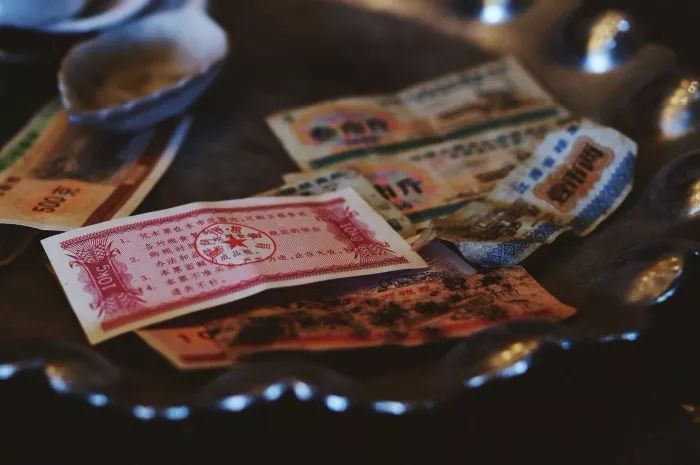
With the persistence and expectation of food, Dong Zhenxiang became a chef in 1981.
At this time, with the opening of the curtain of reform and opening up, those "edible paper tickets" withdrew from the historical stage, grain, oil and non-staple food were opened for supply, and the dining table of every household began to show unprecedented richness, and a new "diet" era came.
In the eyes of Dong Zhenxiang and his peers, the changes on the dining table have been so drastic in the past 40 years: since the 1980s, the once limited supply of Chinese cabbage has given way to all kinds of seasonal vegetables and fruits filled with residents’ food baskets all year round; Coarse grains faded out of the dining table, and flour and rice began to become the protagonist. For most urban residents, fish that used to be served on the dining table on holidays was even more common.
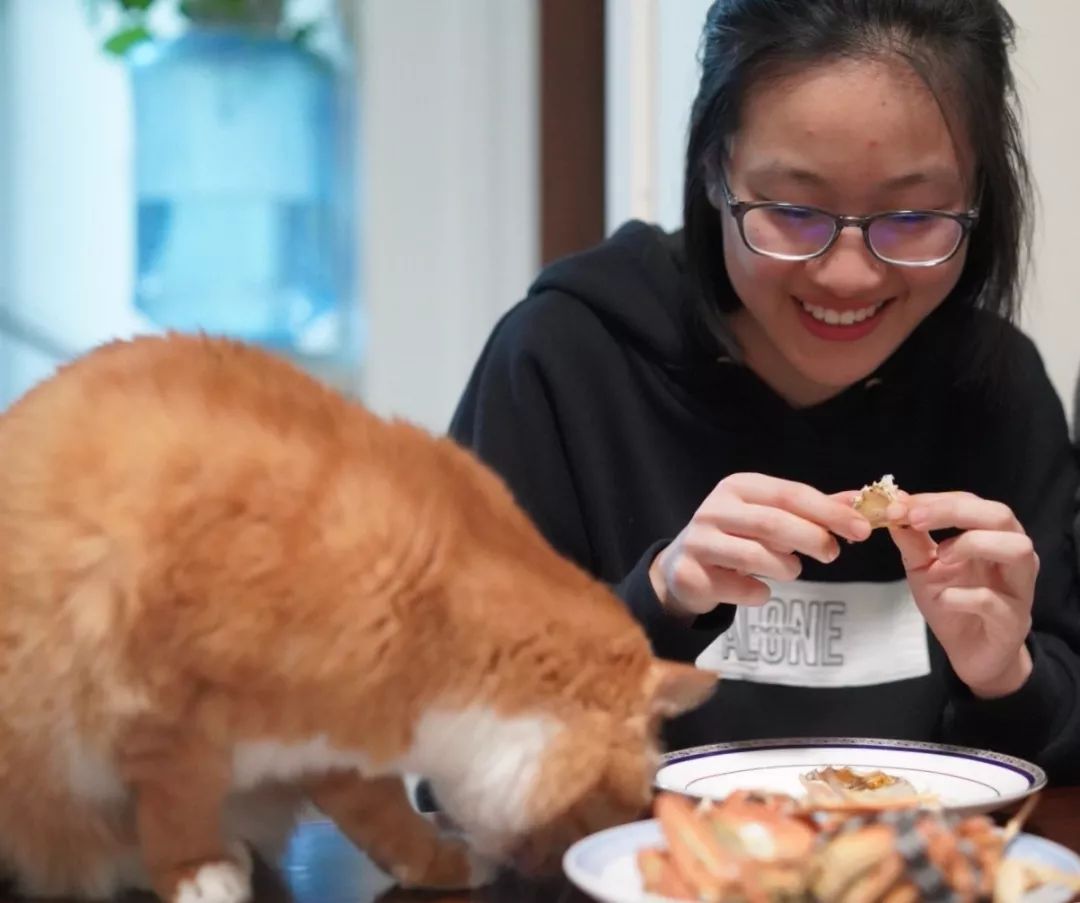
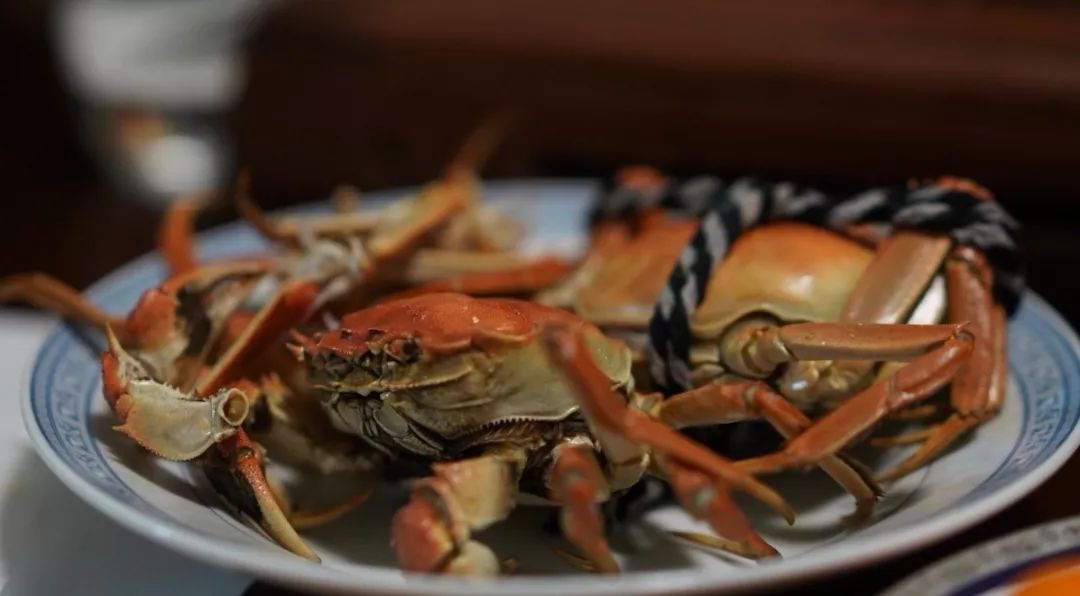
▲ Hairy crabs, golden autumn delicious Pan Yan photo
By the 1990s, Chinese, which became rich, was pursuing "eating sumptuously", and "eating out", once a grand event, began to become common. People have higher requirements for the categories and grades of dishes. On the other hand, the faded coarse grains began to be favored again. While pursuing taste, people gradually paid attention to nutrition. With the affluence of life, Chinese food has been difficult to satisfy people’s tastes. The influx of Russian western food, French food, Italian pizza, Japanese food, Korean barbecue and American fast food has enabled Chinese to eat all over the world without going abroad.
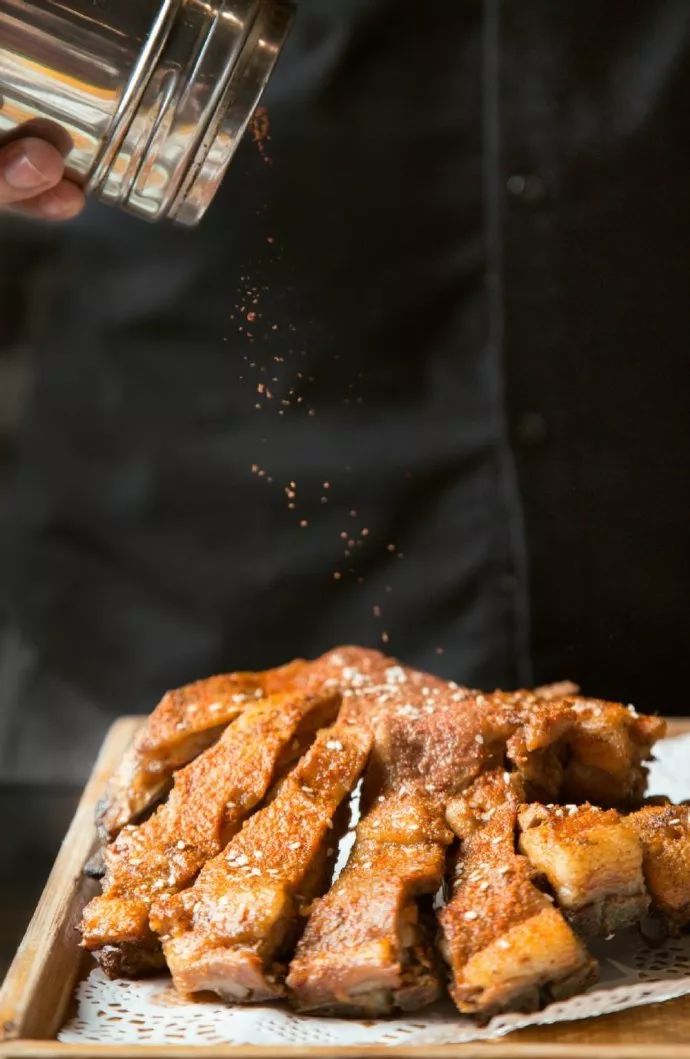
In the past 20 years after entering the 21st century, tender cucumbers with dew, fresh lychees flown in by air, fresh peaches with green leaves, fresh shrimps and fish still swinging their tails, and low-calorie miscellaneous grains … are increasingly becoming the choices of Chinese.
"In the past,’ just fill your stomach’, but now you have to eat’ delicious, healthy, green and tasteful’." Dong Zhenxiang said that in the past few decades, he has been from a "cook" to a "chef", observing the selection of ingredients, the concept of dishes, and then the intelligent management process of the catering industry, etc., which not only shows the vigorous development of the catering industry in China, but also witnesses the changes in life in Chinese.
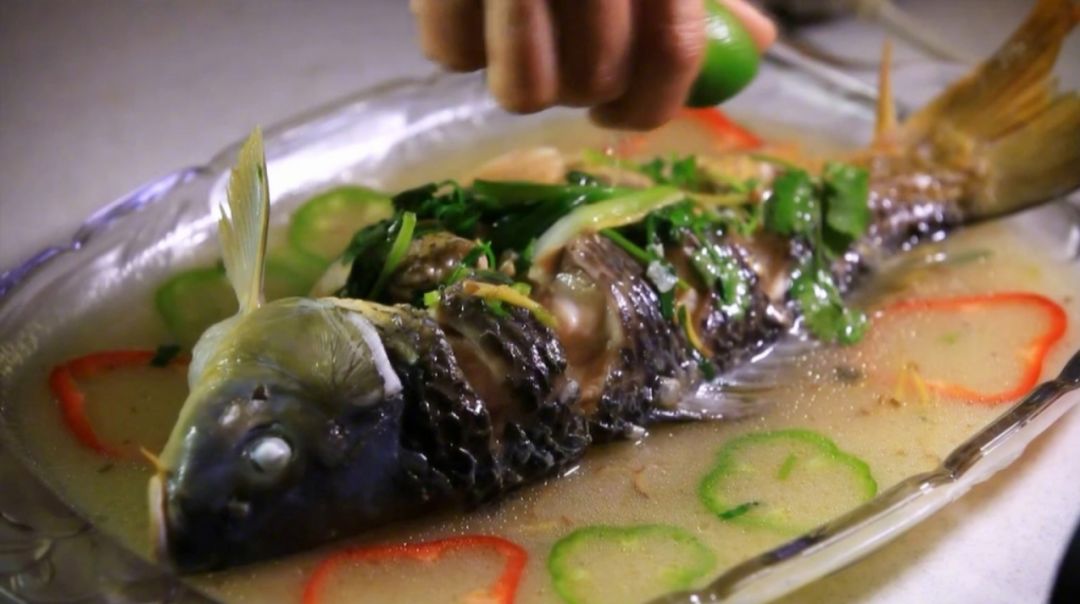
A table of rich food, like a genre painting slowly unfolding, outlines the changing and growing China.
Just roasted duck, a knife blade is good, skin and meat are separated. Dip the duck skin in sugar and put it in your mouth. You don’t need to chew it. The duck skin melts in your mouth, and the crisp and long aftertaste permeates between your teeth.
This low-fat and healthy "crisp but not greasy" roast duck is Dong Zhenxiang’s masterpiece, and he is most proud of creating China artistic conception dishes with a brand-new concept of Chinese food.
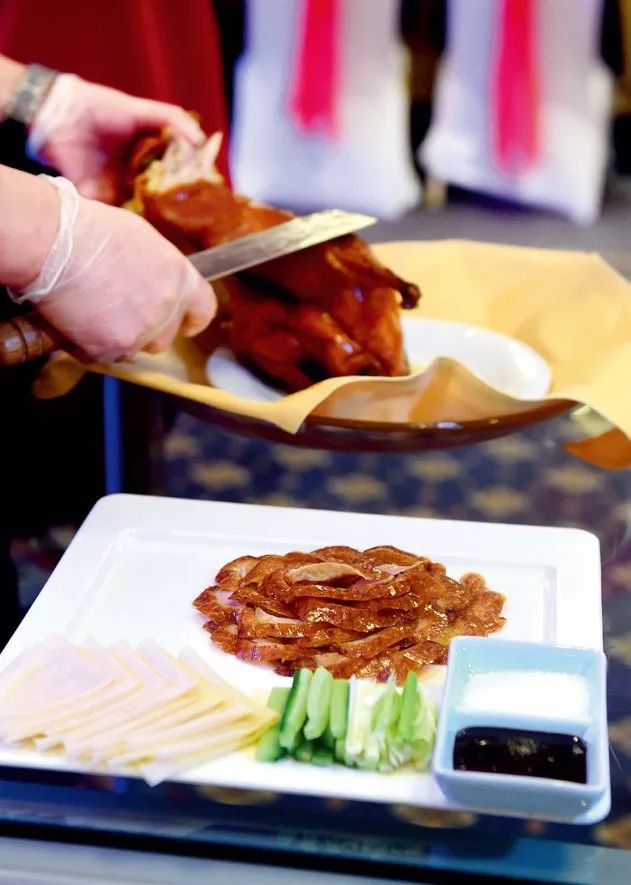
▲ The chef is on the scene to slice roast duck. Photo by Zhao Dingzhen
From "having a full meal" to eating the most authentic taste of the China era, Dong Zhenxiang, who has been walking in the delicious rivers and lakes for more than 30 years, thinks that the beauty and artistic conception of China are deeply integrated into the food with the ingredients as the language, the temperature as the rhythm and the plate loading as the branch.
"For example, a piece of sea cucumber cooked in Dong Shi, when we put it on the plate, the word is’ snow in the mountains and snow in the autumn, laughter in the sky and Wan Lifeng’. This pure oriental cultural element shocked foreigners." Dong Zhenxiang said that nowadays, there are many foreigners who go to Da Dong’s shop to eat every day. At dinner time in the evening, the front of the glass roast duck room is often crowded with foreigners watching the chef’s cooking.
After eating enough and eating well, the cultural flow of Chinese diet has also been awakened and activated.
"Food" is endowed with many meanings in Chinese’s dictionary, which not only satisfies the enjoyment of taste buds, but also entrusts with customs and culture.
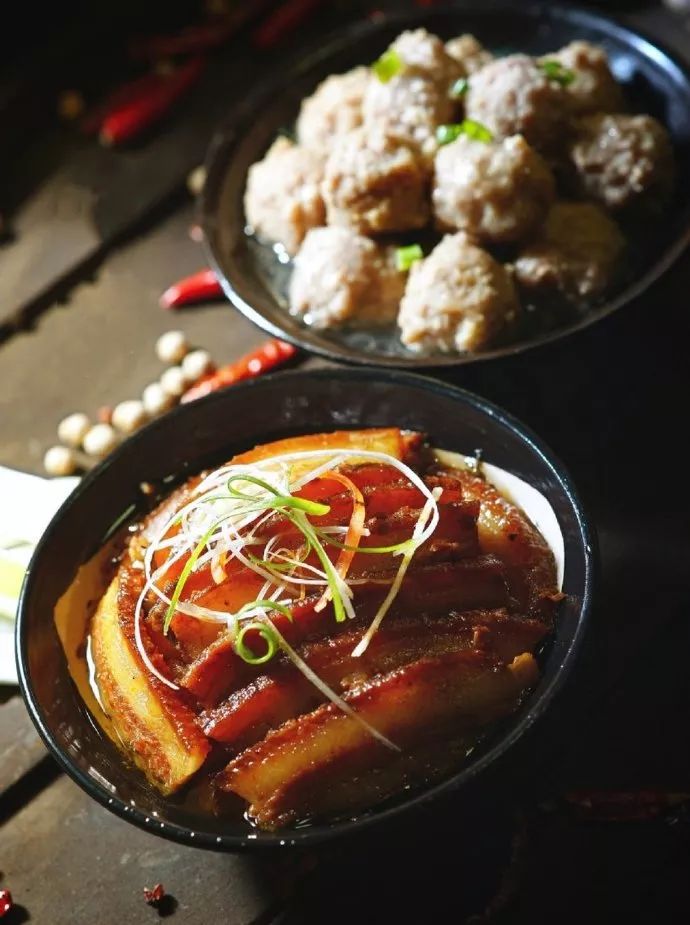
Whether it’s bronze utensils, farming utensils or time-honored food plaques, they all bear the beginning of Chinese food and etiquette culture and witness the inheritance and development of civilization; Whether it’s the Classic of Food compiled by Ho Choi in the Northern Wei Dynasty, the Gourmet Fu by Su Dongpo in the Song Dynasty, the Casual Letter by Li Yu in the late Ming and early Qing Dynasties, and the Eating List with the Garden by Yuan Mei in the Qing Dynasty, the literati have discussed and discussed the food culture at different levels, and their thoughts are flashing, inheriting the context of Chinese food.
In Mr. Lin Yutang’s view, "Eating is ubiquitous in China. On the surface, this kind of’ eating’ is a kind of physiological satisfaction, but in fact,’ the meaning of drunkenness is not wine’, and it expresses a rich psychological connotation by eating this form. The culture of eating has gone beyond eating itself and gained more profound social significance. Since ancient times, the wise and wise Chinese has raised diet to an idea, a realm, and even a philosophy. "
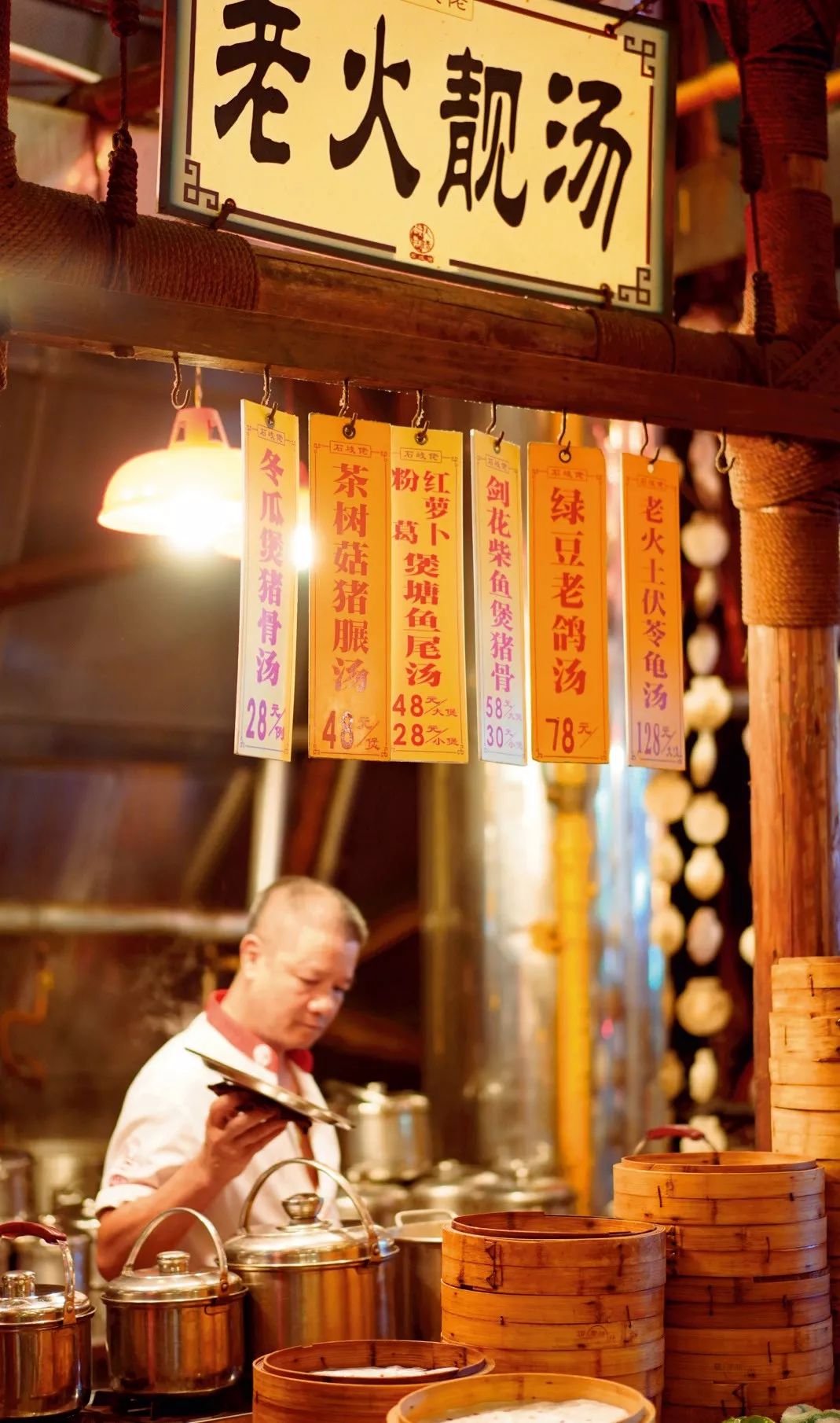
▲ Old fire soup, Lingnan people love Pan Yan.
"If you run a big country and cook a little fresh food", the diet has both "taste" and "Tao", and the chef can be said to be the inheritor of culture and the writer of civilization.
Nowadays, for Dong Zhenxiang, food is no longer the expectation of satiating and eating well, but a dialogue between him and China culture.
"Cook" with ingenuity
A section of erhu and pipa lead, and the blade moves with the rhythm-with a few simple knives, a section of orchid lettuce is pulled out as elegant as "dried orchid"; From the back of the fish, the blade quickly changes the angle, and the whole fish is deboned … In the second episode of "China on the Tip of the Tongue 2", Zhou Xiaoyan, the inheritor of the intangible cultural heritage of Huaiyang cuisine, showed the core skill of Chinese cooking-knife skill.
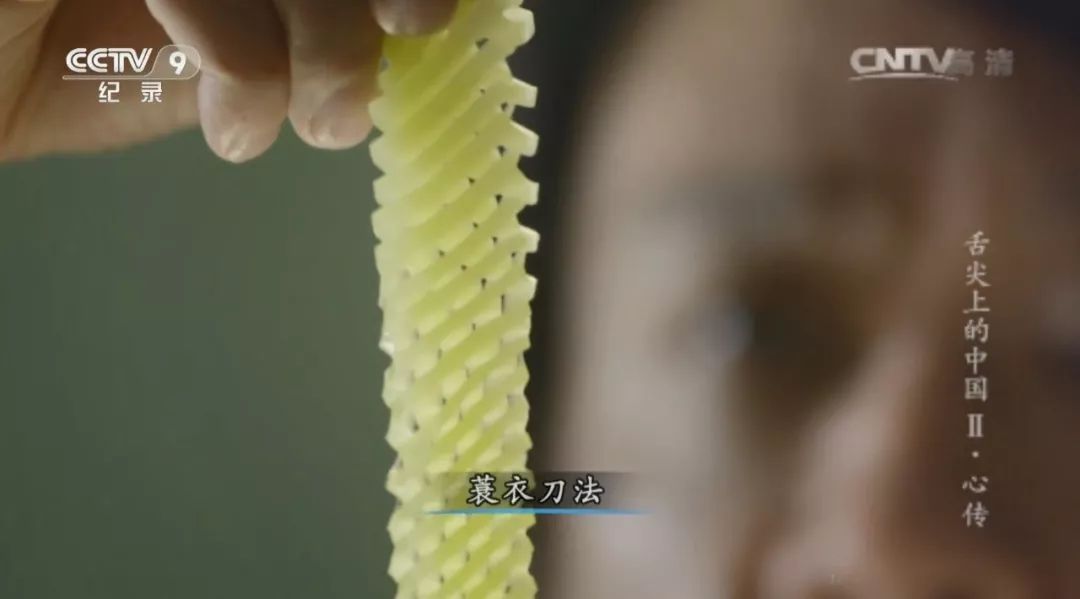
▲ The coir knife method, screenshot of China 2 on the tip of the tongue.
Exquisite knife skills are like profound martial arts. In Zhou Xiaoyan’s view, exquisite knife work is a classic feature of Huaiyang cuisine. Cutting, slicing, chopping, chopping, patting and swishing all test the basic skills of chefs. "The strength, direction and position of the knife are very particular." Whether it is a flat knife or an oblique knife, the difference in blade will directly affect the feeling between lips and teeth. Knife skills test not only the cooperation of hand, eye and knife, but also the unity of heart and hand.
Vince tofu, boiled dried silk, chrysanthemum fish, squirrel fish, lion’s head … In Zhou Xiaoyan’s eyes, Huaiyang cuisine, which pays attention to "implicit beauty", is more gentle than spicy and overbearing Sichuan cuisine, and more plain than Shandong cuisine with stir-fried sauce.
Nowadays, China’s high-end catering industry increasingly emphasizes culture and taste, which Zhou Xiaoyan believes coincides with the connotation of Huaiyang cuisine. "The biggest feature of Huaiyang cuisine is that it pays attention to the original taste, fresh and elegant, and exquisite craftsmanship."
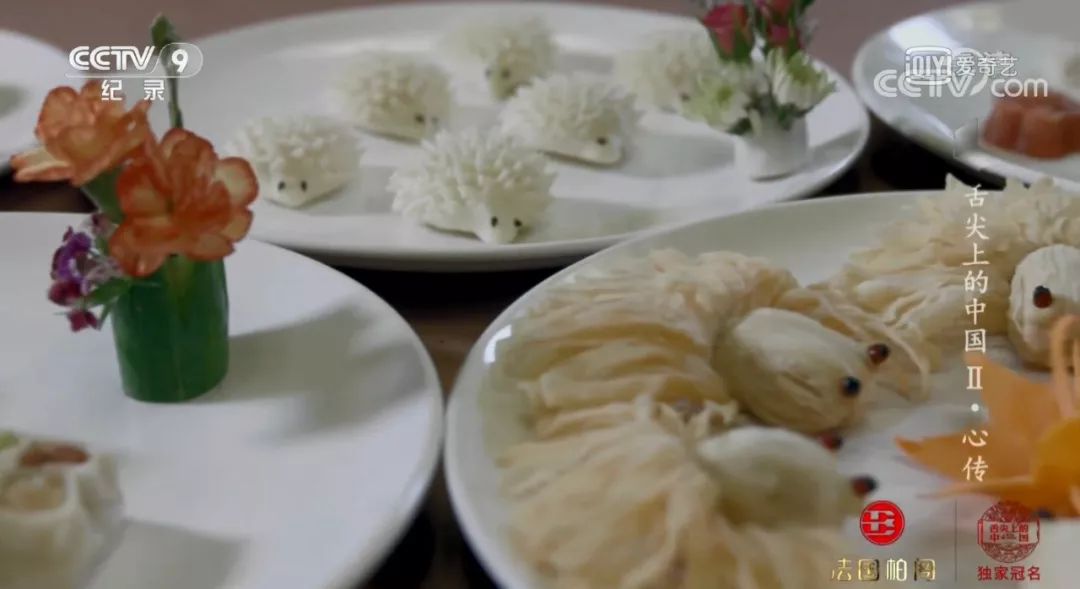
▲ Screenshot of "China 2 on the tip of the tongue"
Food is a gift from nature, so people need to explore, find and process it. "The production process of Huaiyang cuisine can best reflect the’ artisan spirit’." Zhou Xiaoyan believes that the essence of inheritance is not only skill inheritance, but also spiritual inheritance.
Exquisite craftsmanship is alive, and delicious food is endowed with feelings through craftsmanship, so that it can be conveyed to the tasters-from the strictness of materials, the accuracy of knife skills, the proportion of seasonings, to the holding of heat and the choice of utensils; From local materials, to "not eating from time to time", and then to the combination of "taste" and "medicine", China’s diet has never taken raw and cooked ingredients as the standard.
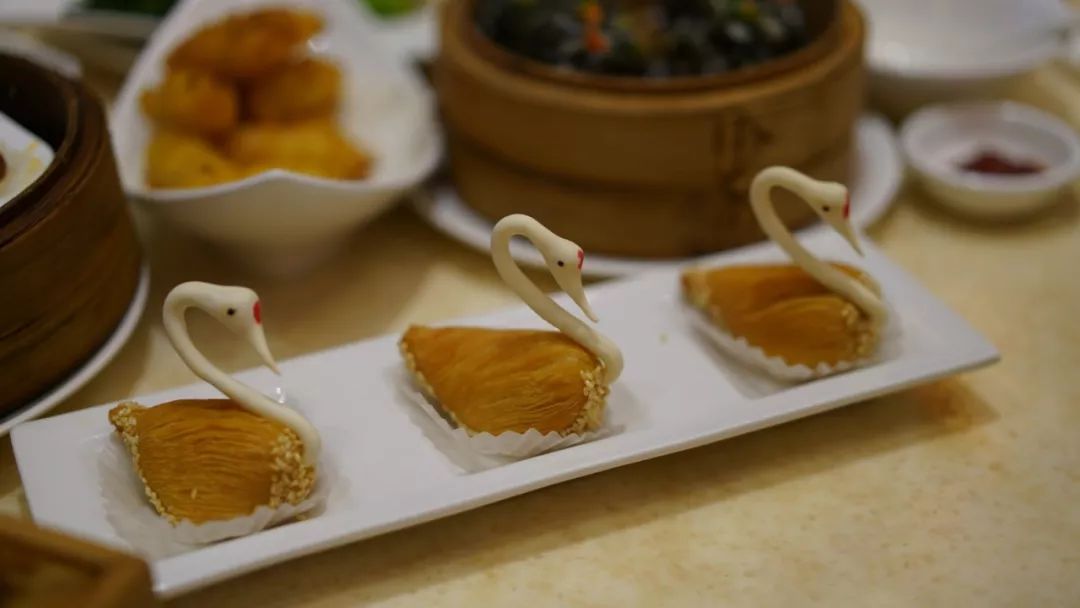
▲ Photo by Pan Yan
In recent years, the Overseas Chinese Affairs Office has launched the "Chinese Food Prosperity Plan", and the first "Chinese Food Prosperity Base for Overseas Huiqiao Project" in China has settled in the College of Tourism and Cuisine of Yangzhou University. As the dean of the college, Zhou Xiaoyan has always believed that on the basis of adhering to the original flavor, strengthening the artistic presentation and respecting the ingredients, the "ingenuity" of Chinese food will certainly be passed on.
This exquisite "ingenuity" is also reflected in the rapidly developing food industry system in China: ensuring food security, providing nutritious and green ingredients, significantly upgrading the category structure, further refining the market, and continuously optimizing the industrial chain … It can be said that behind the growing prosperity of Chinese food, it is inseparable from the development and transformation of China’s food industry from low-end to high-end. During the 40 years of reform and opening up, the food industry has developed rapidly and expanded in total, and has become the first industry in China’s modern industrial system and the largest food industry in the world. Food consumption has changed from subsistence consumption to healthy and enjoyable consumption.
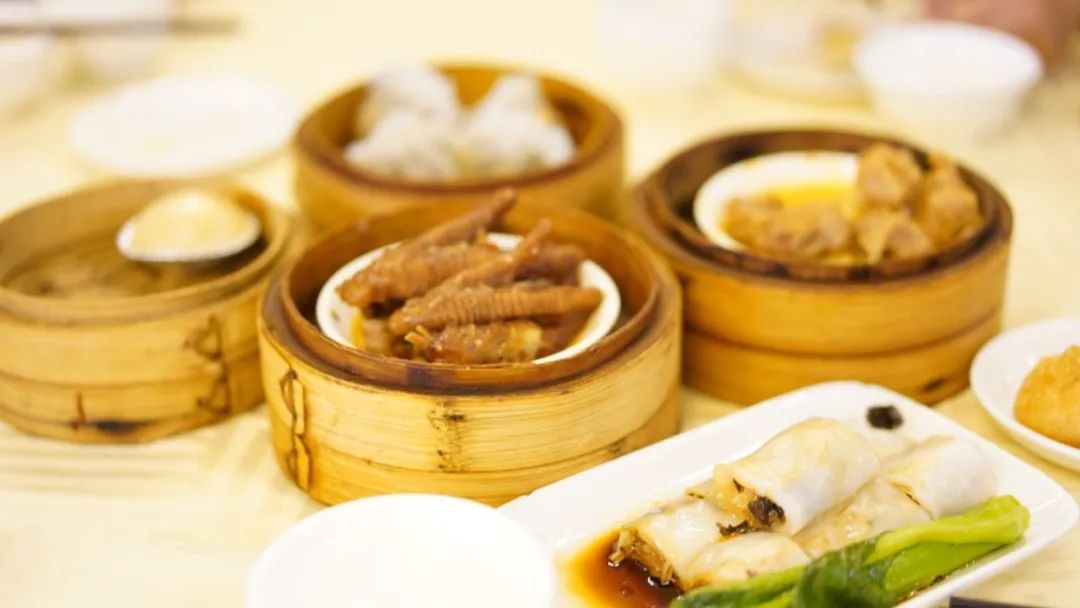
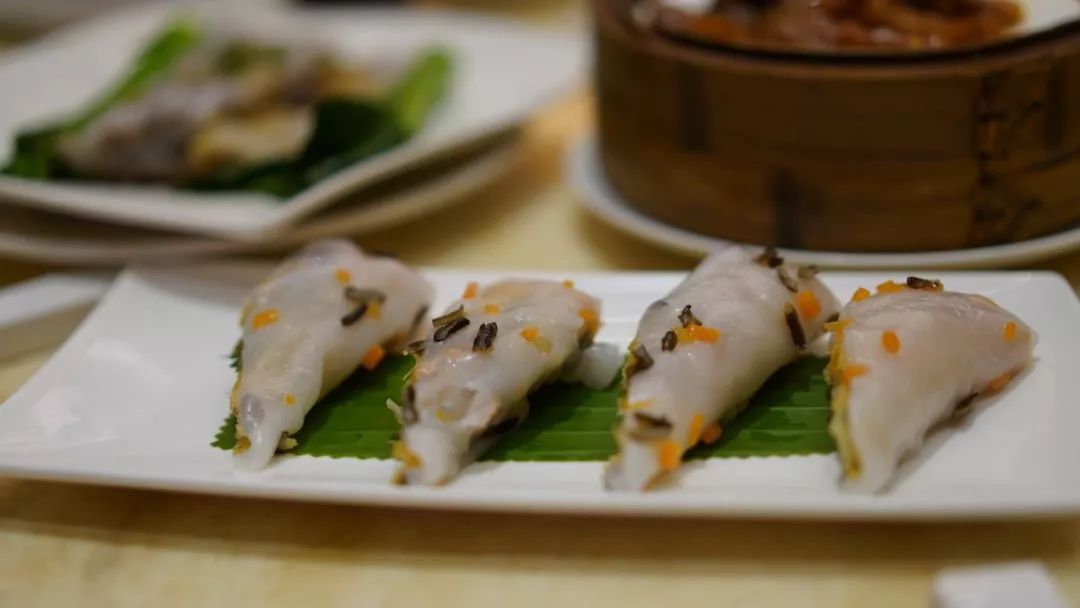
▲ Cantonese morning tea, the slow life of Lingnan people. Photo by Pan Yan
Standing in the new historical position of development, a new era of "big food" has arrived. In the process of moving from low-end to high-end and from a big food country to a strong food country, "ingenuity" is a persistent and unchanging driving force.
"Stomach" knows homesickness
How far is it from Chongqing to London, England?
Chongqing girls Liu Chaoran and Liu Qian will tell you: but the distance between a bowl of Chongqing noodles.
Chongqing people’s affection for noodles is no less than that for hot pot: grab a handful of water and some green vegetables, cook them in three or two minutes, mix them with fresh and spicy seasoning, add some peas, miscellaneous sauce, beef, etc., and the taste buds will wake up from this bowl of noodles in the morning.
This is also the homesickness of Liu Chaoran and Liu Xi as international students.
After many years in Britain, they found that Japanese Lamian Noodles in London was selling like hot cakes. "At that time, I thought, Chongqing noodles are delicious, why can’t they be brought to the British market?" Although some Chinese restaurants have introduced Chongqing noodles in the past two years, "but they are not very authentic." We feel so sorry that they don’t have real facets. "
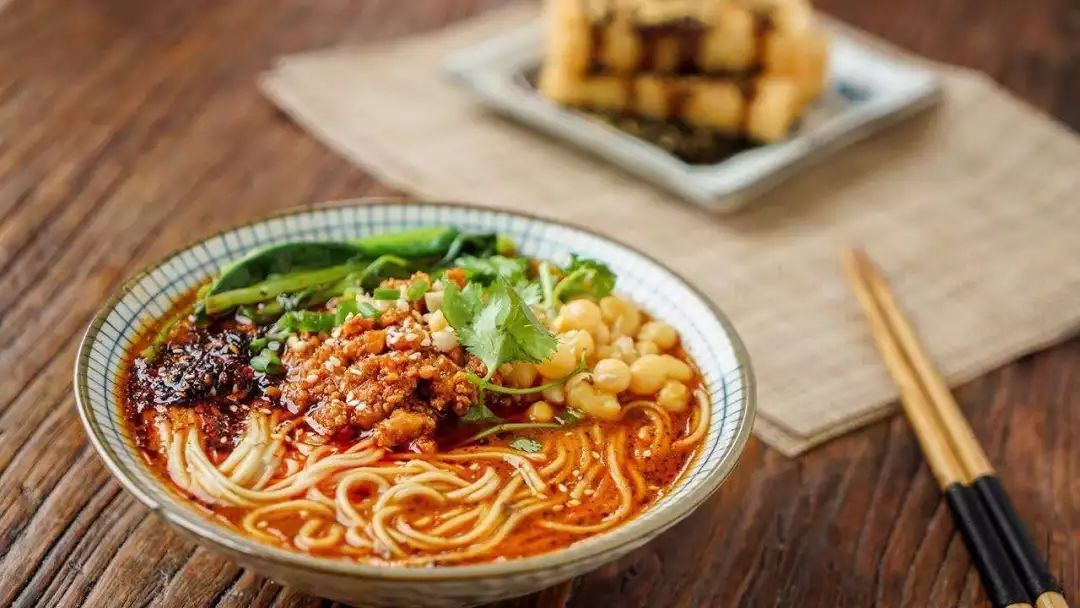
▲ Chongqing Xiao noodles
As a result, two "post-90 s" girls simply used their spare time to open a Chongqing noodle stall-"Liu Xiaomian" at the food market in Red Brick Lane, London. They applied for registration with local government departments and obtained food hygiene and safety certificates. From the initial market research, to planning, fund-raising, to the purchase of raw materials, etc., the two girls carefully cared for their own entrepreneurial noodle stalls.
Since the opening of "Liu Xiaomian" on April 15, 2017, it has received many praises. "We have many repeat customers, including many British locals and even local food bloggers." Liu Xi said, "’Liu Xiao Noodles’ is to promote Chongqing food culture." On January 23, 2019, "Liu Xiaomian" ushered in its first physical store.
In order to make authentic noodles, Liu Xi and Liu Chaoran went back to Chongqing to learn the full set of techniques for making noodles. The hardness of the water surface, the weight of vegetables, the amount of soup, and the spicy degree of chili pepper … Every precise detail determines the delicacy of the noodles. "In order to ensure good taste, our important ingredients, such as peppers, are purchased from Chongqing. Other ingredients such as vegetables and noodles are purchased in the London market. "
In the "Liu Xiaomian" shop, Liu Chaoran and Liu Xi specially posted a map of the world, indicating the location of Chongqing on the map. Faces have become the most direct emotional connection between them and their native land.
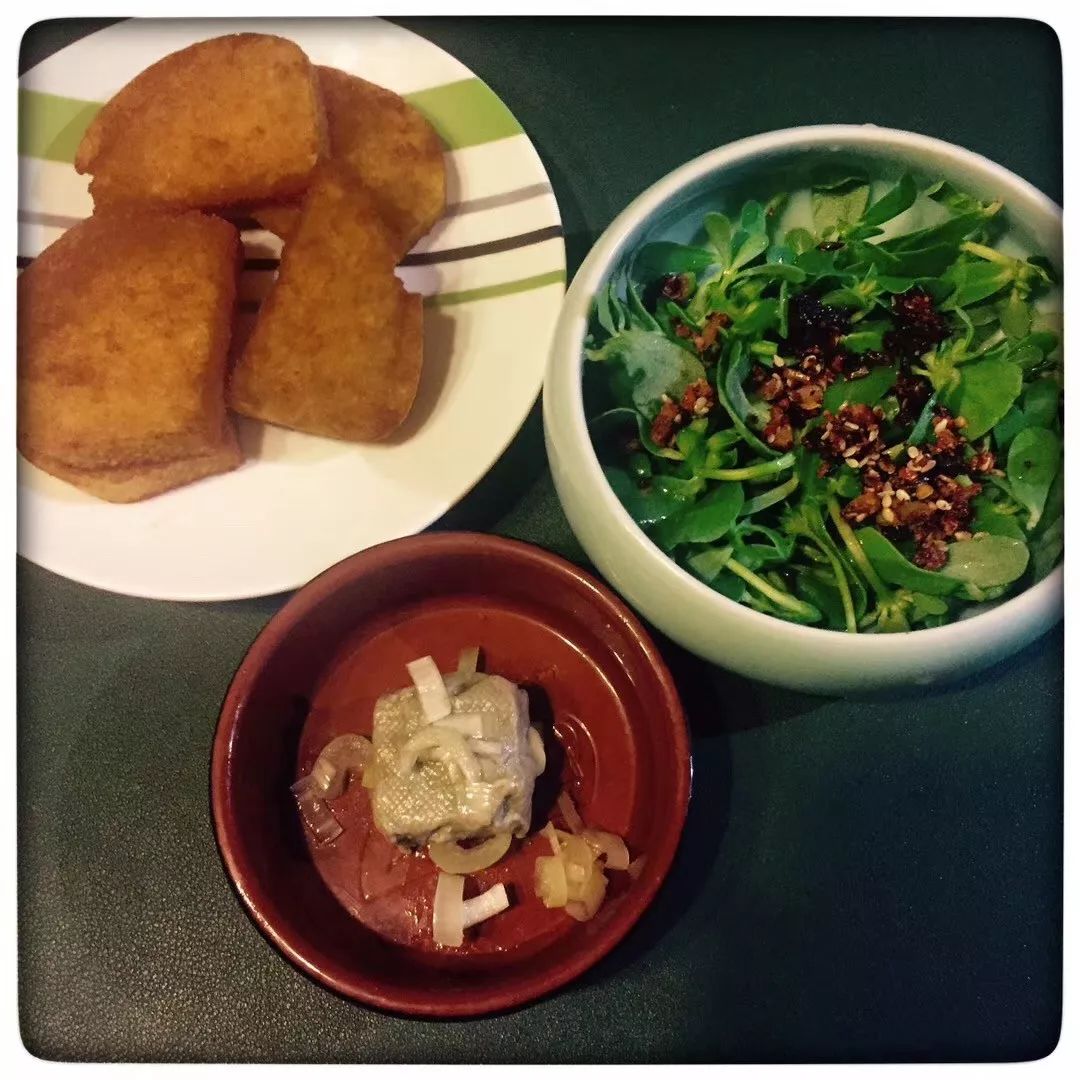
▲ Wotou tablets+stinky tofu+purslane, the childhood taste of northerners Hui Lin photo
People’s memories of food are long and stubborn. Perhaps the smell of "home" is China’s taste gene.
160 years ago, the first batch of Chinese arrived in Panama across the ocean, and Chinese food also settled in Panama, and gradually became one of the most popular cuisines in the country. On the food map of the North American continent, Jinyun Shaobing brought the unique Zhejiang snacks from the water town in the south of the Yangtze River to Toronto, Canada, far away from Wan Li … Nowadays, as long as there are Chinese people, there are almost Chinese restaurants. The taste of food with the symbol of hometown, through the precipitation and fermentation of years, turns into a part of homesickness of wandering abroad.
Explore in the warmth, and appreciate the warmth in the exploration. Just like Cai Lan, a Hong Kong writer, I miss Wonton Noodles in Hong Kong wherever I go. He said, "The most extreme taste in the world is always the taste of mother."
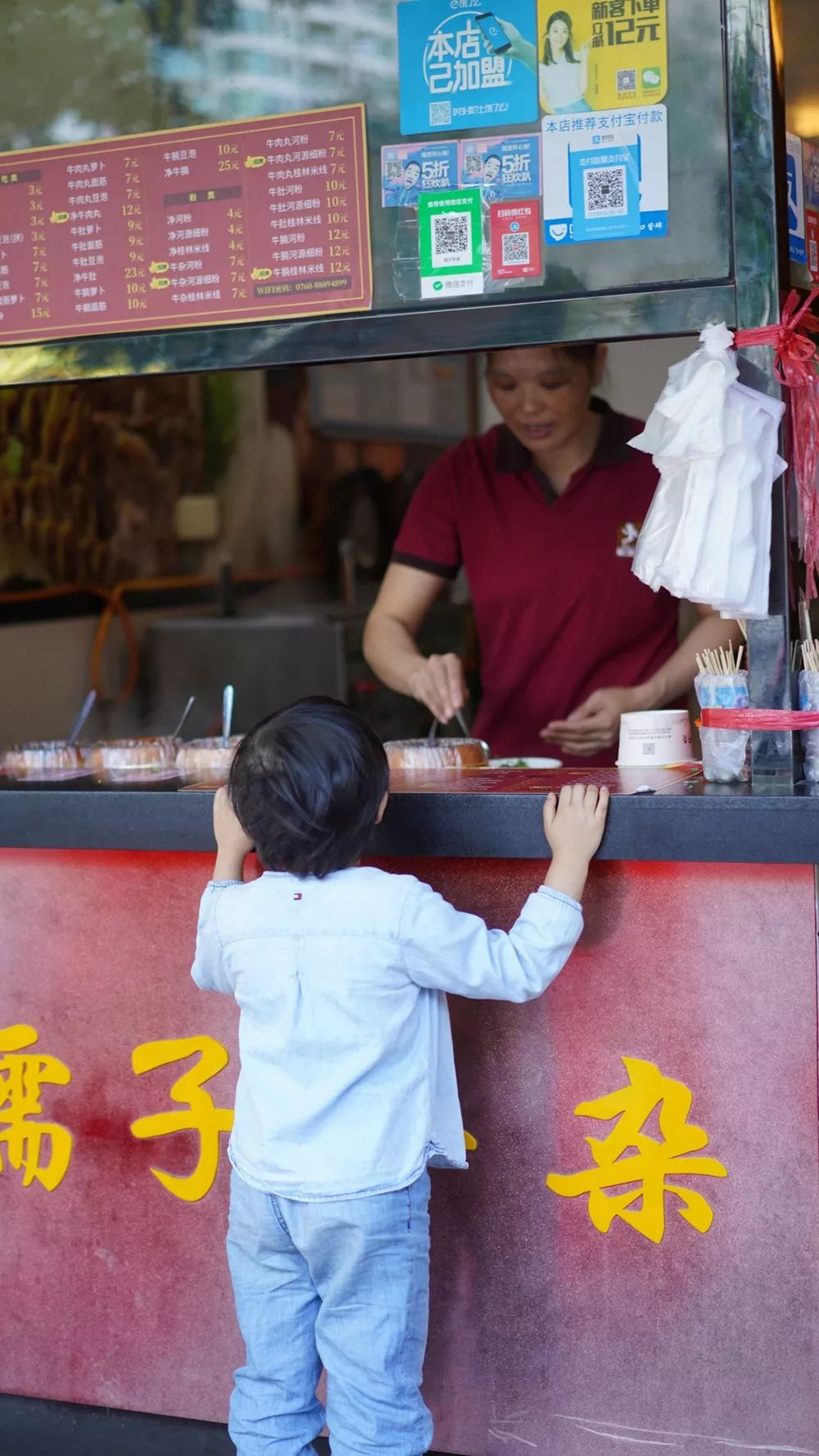
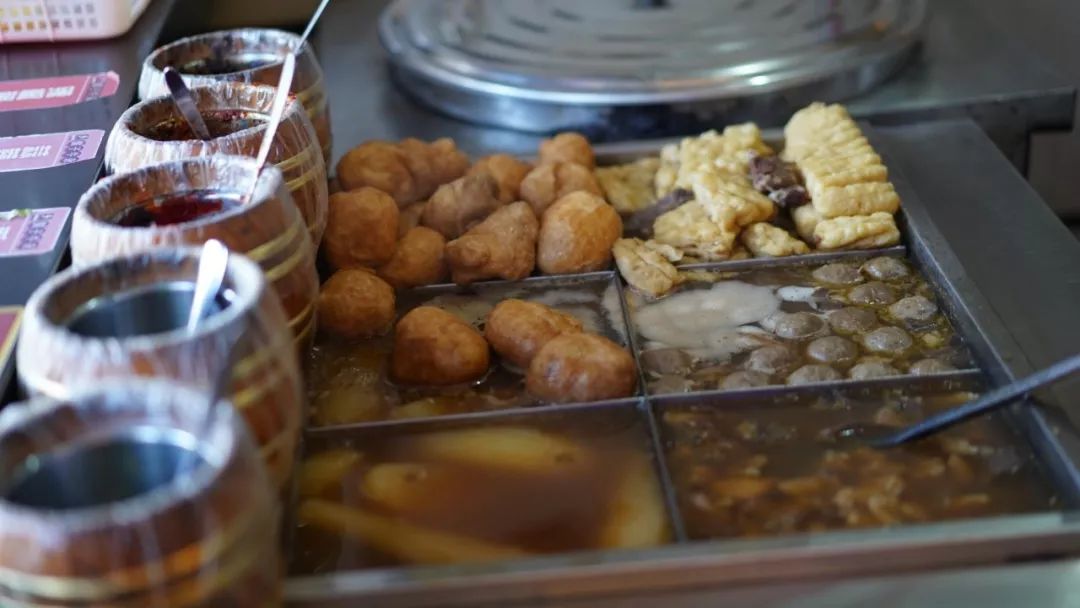
▲ A bowl of beef offal and rice noodles, the stomach of the wandering wanderer will return home. Photo by Pan Yan
The taste engraved on the tip of the tongue is lingering. The charm of food not only entrusts with homesickness, but also contains the prestige of China culture.
Thomas l. friedman, a famous columnist in The New York Times, once wrote that the catering culture, health preserving culture and leisure culture derived from China culture are incomparable to other cultures. "Street restaurants anywhere in China can make thirty or forty kinds of dishes, while most restaurants in the United States only have hamburgers and chips, so it’s good to have three or four dishes. The dishes in European restaurants are richer, but there are few more than seven or eight varieties. "
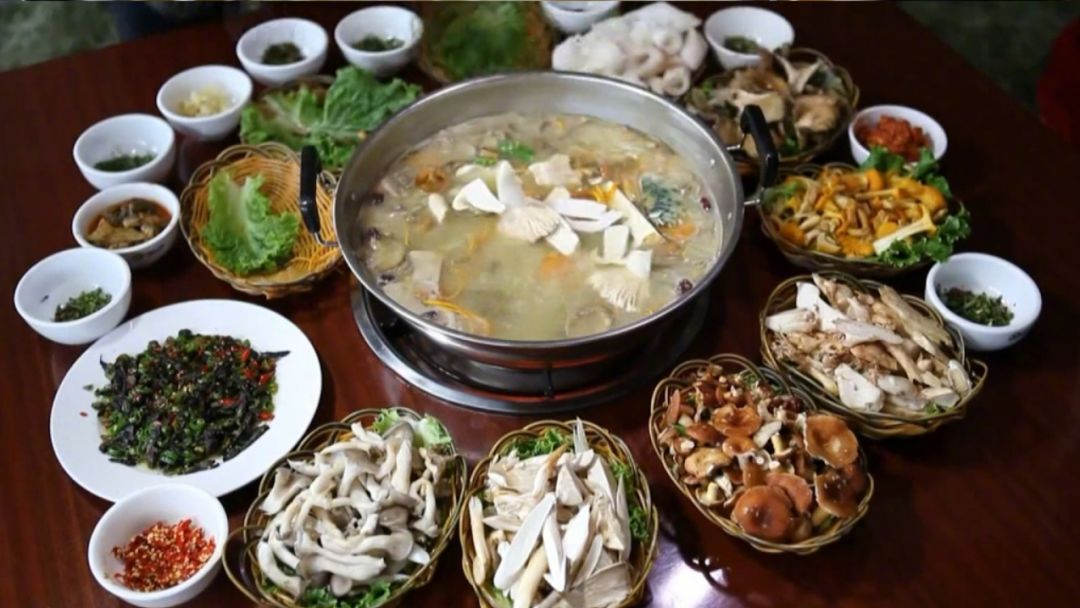
Chris Nandu Ray, an American catering research scholar, believes that the key factor in how people view the "taste grade" of a country’s diet is its economy and culture. Today, Chinese food is showing this change. "Chinese flavor", which is popular in western countries, reflects the rising cultural prestige of China.
In thomas l. friedman’s view, the collision between China culture and western culture in the past 30 years has not made most Chinese lose their cultural confidence, but more and more Chinese have become more confident in this "collision".
China, born in this era, is blessed with our tongues. (Reporter Cheng Shu)